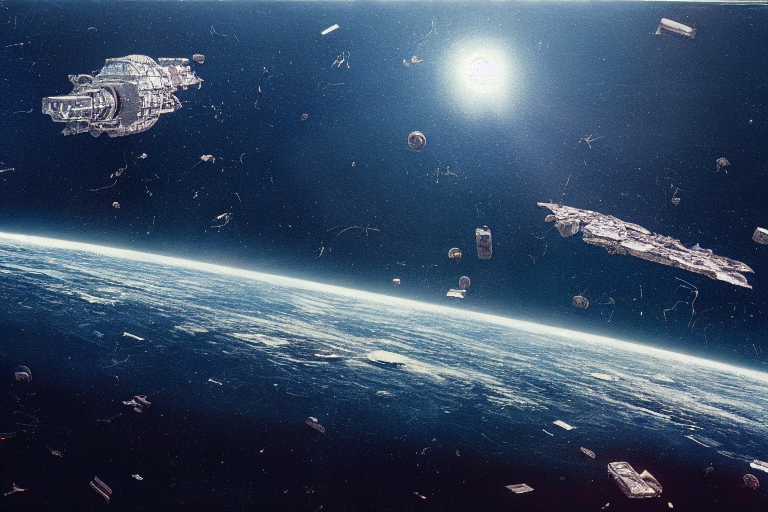In space noone can hear your servicedesk request

When travelling through space, you'll need a towel. You'll also need air, food, water and a somewhat survivable temperature aboard your vessel. Assuming you're going for permanent deepspace travel, you're ofcourse going to need some help maintaining al of these things keeping you alive.
(Assuming you're still human, that is. If you're a robot you won't need any of these things and the only thing you need to worry about is staying powered on to experience the journey).
Me, as a biological entity, I'd like first and foremost to know that I'm not going to die the very first moment some random failure happens - and they will happen - in any of the critical systems. And let's face it, in a spacecraft there are no non-critical systems.
Building for resillience and robustness
Building a resillient and robust system. What does that even mean? To me that means that the system will almost always deliver it's functionality even in extremely adverse conditions or when it loses an arbitrary percentage of it's operating capabilities (assuming said arbitrary percentage is not 100%).
And when it fails, it will fail predictably and it will attempt to self-heal and recover itself predictably.
These requirements result in very distinct preferences for architecture. Mainly distributed or even decentralized designs apply.
From those requirements we can then explore technologies that can effectively implement this architecture whilst simultaneously being able to fulfill the remaining requirements of the specific application.
Wait, what?
Alright, that was some abstract mumbo jumbo, right? Well... let me paint a picture for you (a picture with words, that is);
It's just another day on your fancy spaceship. You're sipping some new form of space-starbucks' instant-mocca-frappo-whatever-latte from your favourite mug, realizing it tastes like sugar and milk more than it does coffee, when suddenly...
CRASH!
An asteroid hits your port thrusters and rip away half of the spacecraft you're in! Within a few milliseconds emergency doors slam shut, sealing off the bulkheads.
Oh crap! The section of the spacecraft that got ripped away held the servers which were critical for navigation and throttle control!
Just kidding.
The central overarching system runs on every computing node in your ship. As soon as half of the spacecraft was gone, the system noticed it was missing navigation and throttle control systems - and it relaunched those systems on the remaining computing nodes available on your ship.
You can now use the interface on your iPad Super pro max ultra 42 to steer the ship. Phew! Thank our AI overlords for resillient, self-healing systems!
Now, on to the nearest space garage to fix this mess. This is going to be expensive.
As you fire up your thrusters and steer the remains of your vessel towards the nearest port you try to turn on your entertainment system. The computer angrily spits an error message back at you.
"Insufficient computing capacity to deploy entertainment system".
Damn, it's going to be a long and boring ride back.
But hey, at least you're not dead!
